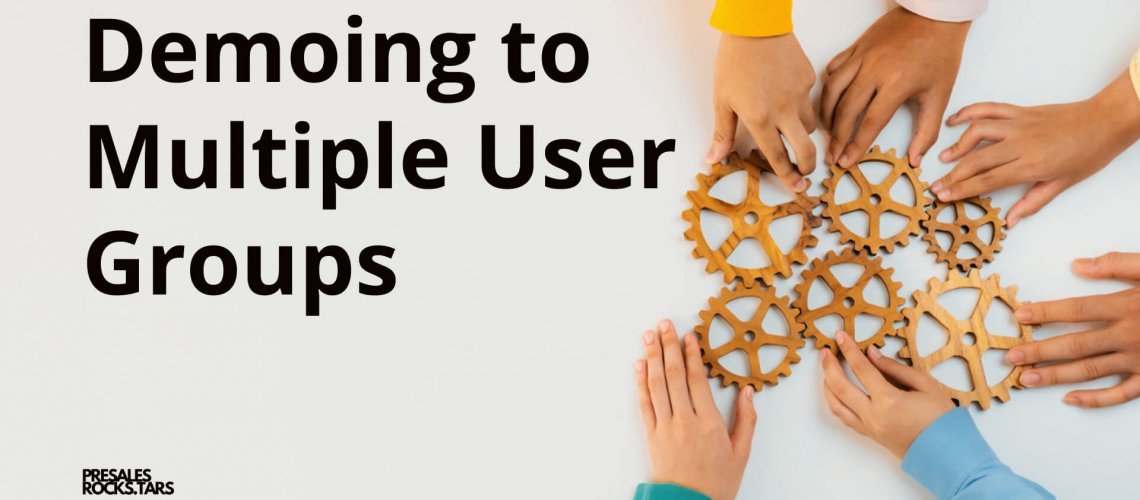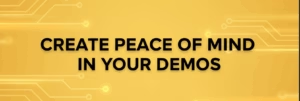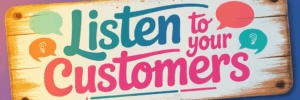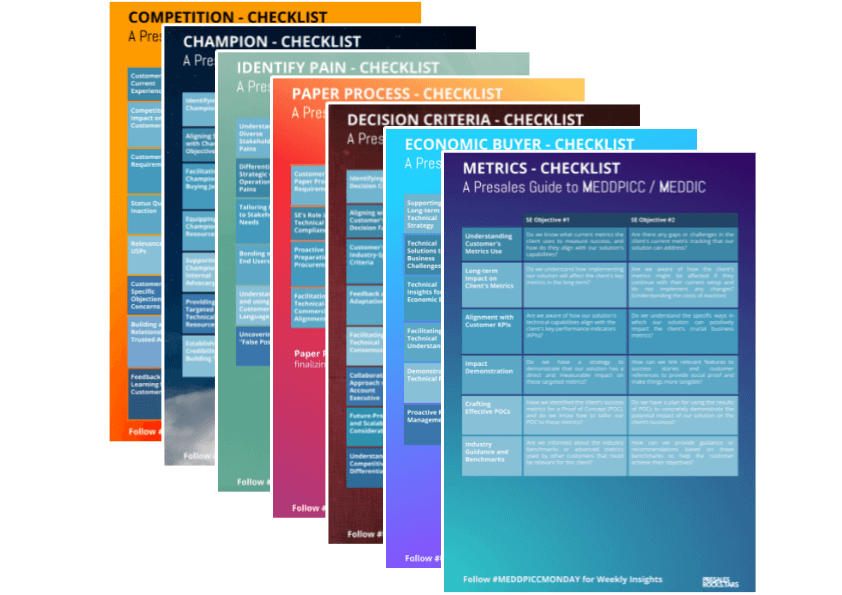Delivering a successful demo often comes down to one key skill: tailoring your approach to the audience. Whether you’re presenting to executives, team leads, end users, or IT stakeholders, a generic software walkthrough simply won’t work. Each group has different priorities, and failing to address them effectively risks losing their interest—or worse, their confidence in your solution.
Here’s how you can design and deliver a tailored demo that resonates with everyone in the room.
The Challenge: One Size Doesn’t Fit All
It’s a common pitfall: trying to cater to all stakeholders with a single, unstructured demo. Executives glaze over when you dive into technical details. IT professionals lose patience with high-level strategy slides. End users just want to see how the tool will make their daily work easier.
The result? You risk losing half the room at any given moment.
The Solution: Break Your Demo Into Bite-Sized Pieces
To engage everyone, divide your demo into mini demos, with each one focused on a specific stakeholder or role. These bite-sized sessions help keep your audience engaged, serve as natural breakpoints, and make it easier for attendees to remember key information.
Start with the most important stakeholders first—typically executives or decision-makers. Then work your way down:
1️⃣ Executives (C-level, VP)
2️⃣ Team leads
3️⃣ End users
4️⃣ IT stakeholders
This structure ensures that critical decision-makers hear the most relevant information while they’re fresh and focused.
Step 1: Start at the Top
Executives and decision-makers prioritize strategic value. They want to know:
- What’s the business impact?
- How does this align with company goals?
- What ROI can they expect?
Lead with high-level, strategic insights. Skip the technical details—they’re not interested in how the software works, just what it can achieve.
Step 2: Gradually Get More Detailed
As you progress through your demo, shift your focus to the tactical and operational details that matter to other roles:
- Team leads: Care about improving workflows and team efficiency.
- End users: Want to see how the tool simplifies their daily tasks.
- IT stakeholders: Need to understand implementation, security, and integration.
Think of it as moving from the “what” and “why” for executives to the “how” for end users and IT.
Step 3: Manage Expectations Upfront
At the beginning of your demo, present an agenda and clearly outline who should pay attention to each section. For example:
„We’ll start with strategic topics for leadership, then move into operational details for team leads and end users. Finally, we’ll cover technical aspects for IT stakeholders.“
This approach achieves two things:
1️⃣ It reduces impatience and frustration—attendees know exactly when their relevant topics will be addressed.
2️⃣ It minimizes distractions and keeps your audience focused.
Pro Tip: Schedule Individual Sessions
Whenever possible, schedule separate meetings for each stakeholder group. This allows for deeper discussions tailored to their specific needs. It also prevents executive-level attendees from having to sit through IT explanations, which could dilute their interest and engagement.
For example:
- Host a short, high-level session with executives to secure buy-in.
- Follow up with detailed technical sessions for IT to address their concerns.
The Benefits of a Tailored Demo
By breaking your demo into smaller, targeted sessions, you:
✅ Respect your audience’s time and focus.
✅ Build trust by addressing their unique concerns.
✅ Keep the presentation engaging and memorable.
✅ Increase your chances of securing buy-in from all stakeholders.
Final Thoughts
Tailoring a demo to different audiences might require extra preparation, but it pays off in the end. By structuring your presentation into mini demos, starting with strategic insights, and gradually diving into operational and technical details, you ensure that every stakeholder walks away feeling heard and understood.
And when you manage expectations upfront and, where possible, hold separate sessions for each group, you create a demo experience that’s as smooth as it is effective.
Remember: The more tailored your demo, the higher your chances of closing the deal.
Better Demos = More Sales.





